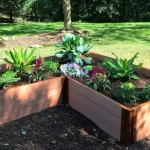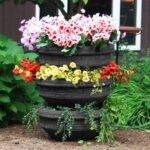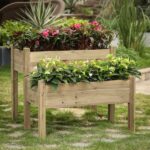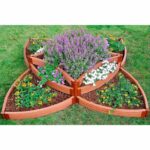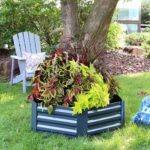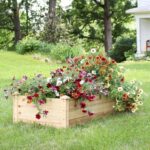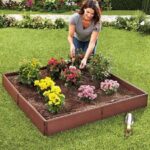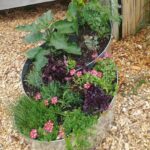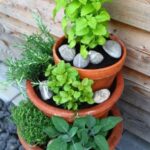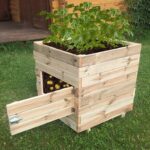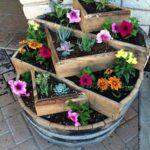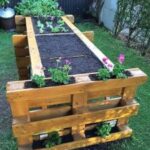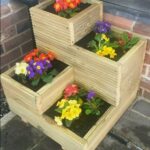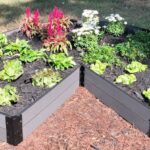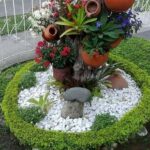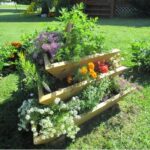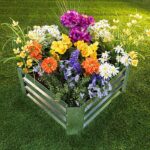Raised bed gardening is a popular and efficient way to grow vegetables, herbs, and flowers in a small space. Raised beds are essentially containers filled with soil that are elevated off the ground. They offer numerous benefits such as improved soil drainage, better weed control, and easier access for planting and harvesting. When designing a raised bed garden, there are several factors to consider to ensure a successful and productive garden.
One important aspect of raised bed garden design is the size and shape of the beds. Beds should be no wider than 4 feet to ensure easy access to all plants from the edges. The length of the beds can vary depending on the available space, but keeping them to a manageable size will make maintenance easier. As for the shape, traditional rectangular beds are common, but circular or square beds can also be used to add visual interest to the garden.
Another key consideration in raised bed garden design is the material used for constructing the beds. Wood is a popular choice due to its affordability, ease of construction, and natural look. Cedar and redwood are often recommended for their durability and resistance to rot. Other materials such as concrete blocks, bricks, or recycled plastic lumber can also be used for raised bed construction.
The depth of the soil in raised beds is another important factor to consider. Generally, beds should be filled with at least 6-12 inches of quality soil mix to provide ample space for plant roots to grow. Adding compost, peat moss, or other organic matter to the soil mix will improve drainage and fertility, leading to healthier plants.
When designing a raised bed garden, it is important to consider the layout of the beds to maximize space and sunlight exposure. Beds should be situated in a location that receives at least 6-8 hours of sunlight per day for optimal plant growth. Additionally, leaving enough space between beds for paths or walkways will make it easier to access and maintain the garden.
In conclusion, raised bed garden design is an important aspect of creating a successful and productive garden. By considering factors such as bed size, shape, material, soil depth, and layout, gardeners can create a functional and visually appealing garden that will yield bountiful harvests throughout the growing season. With proper planning and care, raised bed gardens can provide a rewarding and enjoyable gardening experience for years to come.
 redboth.com Decoration ideas for your home
redboth.com Decoration ideas for your home




